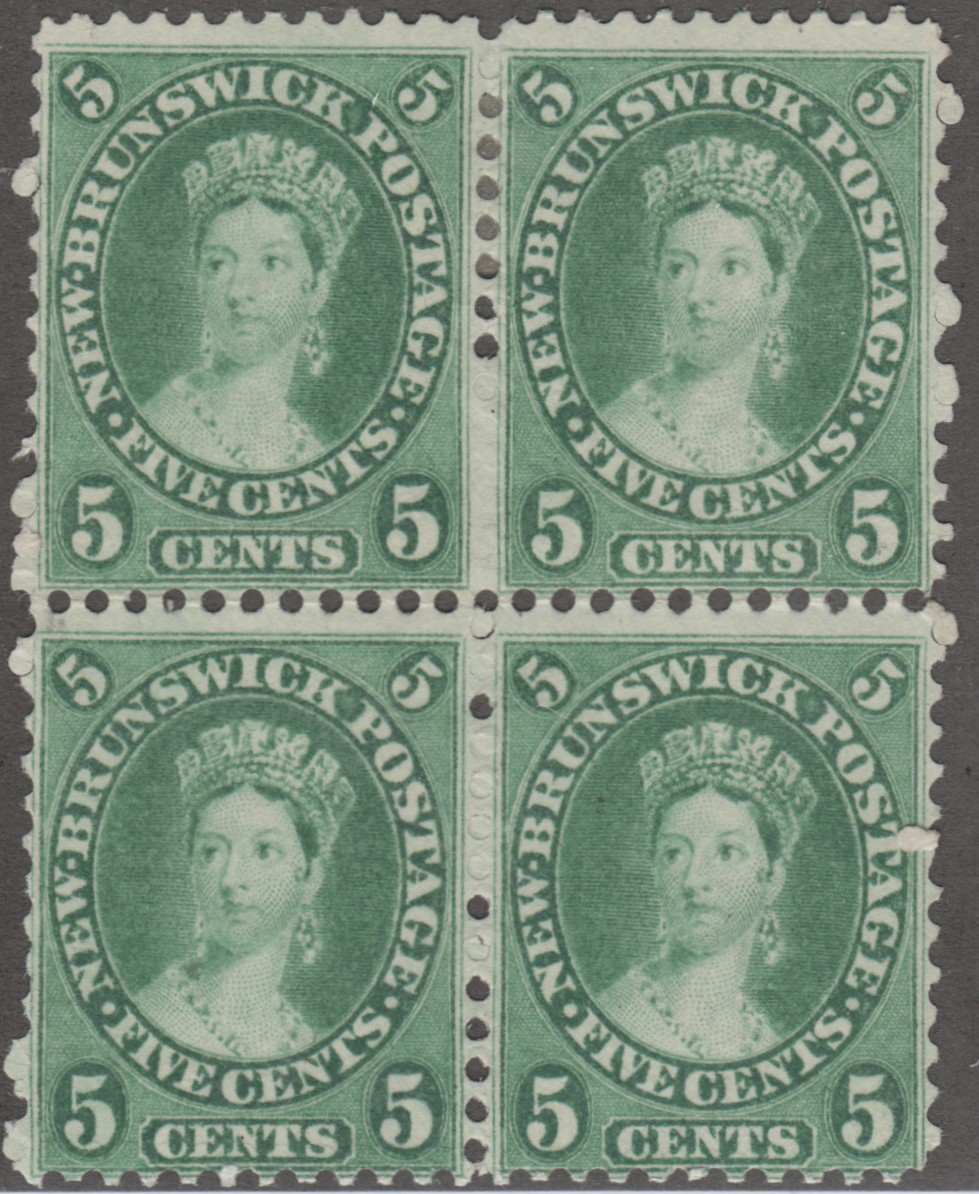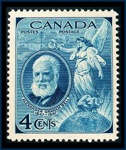
Discussion - Member to Member Sales - Research Center

Discussion - Member to Member Sales - Research Center

ok the amount of emails on ...''where can I buy a good Machin catalogue'', well here it is a first rate catalogue for those who use SG Nos' this product has it's very own numbering system so much so that there is no re-numbering no matter how many machins are issued. I highly recommend this product.
Enjoy !!
http://www.deegam.com/handbook.htm

Login to Like
this post

08:03:07am
A simple explanation of the Deegam numbering system.
It works like this.
Imagine that a 21p stamp was issued by Royal Mail. It gets the standard Deegam number of DG 210.1.1. That is the numerical value times 10.
(Note: There are no 21p Machin stamps so I chose that value for illustration purposes.)
Six months later two almost identical stamps are printed and manufactured by a different printer, one with one kind of gum and one with a different kind of gum. They can be listed as DG 210.2.1 and DG 210.3.1 and without changing the 22p and other higher value stamp's numbers, we can easily see where these beauties fit in.
Then some alert collector spots one of the stamps that is identical to DG 210.1.1 except for it having a single left band. After verifying its main characteristics Doug can assign it the number DG 210.1.2 so that we now have;
DG 210.1.1,-------- Still the same number
DG 210.1.2,---------The new variation fits in here
DG 210.2.1,-------- Still the same number
and,
DG 210.3.1---------- Still the same number
Notice that the first, second and third variation all have kept their original designation.
Imagine further that several years pass by and other variations in printing method, phosphor bands, gum, paper type, and even a different color are produced or discovered.
The new stamps are given appropriate numbers according to the hierarchy established by Doug Myall when he devised the system and is completely explained in the Complete Deegam Machin Handbook so that the section covering the imaginary 21p stamps would now looks like this;
.
DG 210.1.1 -------- Still the same number
DG 210.1.2
DG 210.1.3
DG 210.2.1 -------- Still the same number
DG 210.2.2
DG 210.3.1 -------- Still the same number
DG 210.3.2
DG 210.3.3
DG 210.4.1 -------- the new color
The newly discovered variations slip neatly into place without changing the previously established order and when mounted alongside similar stamps the differences can be compared easily.
.
Now in truth, there have been a few adjustments mostly to correct typos and some unavoidable corrections, (Three or four in 45 years, imagine that !) but very few and easy to accommodate without any major overhaul of the rest of the 21p section. And definitely a correction of something in the 21p group will not affect the higher listed values.
If a new stamp is issued that has as its main characteristics that show it is a further variation of DG 210.3.3 it can be assigned DG 210.3.4 or if it is only a very minor alteration of DG 210.3.3 it can be given the number DG 210.3.3a and any collector who has taken the time to follow the system knows just from looking at the number where that stamp ought to be placed.
Meanwhile, during the forty-five years since the first Machins were produced Gibbons has re-ordered its numbers several times and created a kind of havoc among collectors that even to this day there are times where in certain cases, I am not sure which number is assigned to which stamp, unless I have bought the latest Gibbons guide and checked through the long list of corrections issued by them for typos or changes. Scott, finally had to hire an American Machin expert, Richard Muller, to completely overhaul its standard numbering system and they created the prefix "MH" for all Machin stamps.
One major advantage also is that this allows for three levels of collecting from the simplified "DG 210", to the more complex, "DG 210.1", or DG 210.1.1, one for each level of collector interest, to tempt them from the starting level one, to the specialized level three and even "3a." Accompanying all this there are, of course, the Deegam Profiles, one for every listed stamp at any level which in a shorthand notation allows the collector to identify each stamp that s/he mounts.
The CDMH was originally produced in print but as the flow of stamps and the explanatory details in the chapters and the appendix enlarged it was all put on a disc. Beware of bargains on eBay and elsewhere offering the old print versions at prices that often greatly exceed the cost of the updated disc edition which is available from the author.

1 Member
likes this post.
Login to Like.

Hi Guys n Gals,
ok the amount of emails on ...''where can I buy a good Machin catalogue'', well here it is a first rate catalogue for those who use SG Nos' this product has it's very own numbering system so much so that there is no re-numbering no matter how many machins are issued. I highly recommend this product.
Enjoy !!
http://www.deegam.com/handbook.htm

Login to Like
this post
Silence in the face of adversity is the father of complicity and collusion, the first cousins of conspiracy..
13 Jun 2016
08:03:07am
re: The Deegam Handbook on CD ...A Must Have !!
A simple explanation of the Deegam numbering system.
It works like this.
Imagine that a 21p stamp was issued by Royal Mail. It gets the standard Deegam number of DG 210.1.1. That is the numerical value times 10.
(Note: There are no 21p Machin stamps so I chose that value for illustration purposes.)
Six months later two almost identical stamps are printed and manufactured by a different printer, one with one kind of gum and one with a different kind of gum. They can be listed as DG 210.2.1 and DG 210.3.1 and without changing the 22p and other higher value stamp's numbers, we can easily see where these beauties fit in.
Then some alert collector spots one of the stamps that is identical to DG 210.1.1 except for it having a single left band. After verifying its main characteristics Doug can assign it the number DG 210.1.2 so that we now have;
DG 210.1.1,-------- Still the same number
DG 210.1.2,---------The new variation fits in here
DG 210.2.1,-------- Still the same number
and,
DG 210.3.1---------- Still the same number
Notice that the first, second and third variation all have kept their original designation.
Imagine further that several years pass by and other variations in printing method, phosphor bands, gum, paper type, and even a different color are produced or discovered.
The new stamps are given appropriate numbers according to the hierarchy established by Doug Myall when he devised the system and is completely explained in the Complete Deegam Machin Handbook so that the section covering the imaginary 21p stamps would now looks like this;
.
DG 210.1.1 -------- Still the same number
DG 210.1.2
DG 210.1.3
DG 210.2.1 -------- Still the same number
DG 210.2.2
DG 210.3.1 -------- Still the same number
DG 210.3.2
DG 210.3.3
DG 210.4.1 -------- the new color
The newly discovered variations slip neatly into place without changing the previously established order and when mounted alongside similar stamps the differences can be compared easily.
.
Now in truth, there have been a few adjustments mostly to correct typos and some unavoidable corrections, (Three or four in 45 years, imagine that !) but very few and easy to accommodate without any major overhaul of the rest of the 21p section. And definitely a correction of something in the 21p group will not affect the higher listed values.
If a new stamp is issued that has as its main characteristics that show it is a further variation of DG 210.3.3 it can be assigned DG 210.3.4 or if it is only a very minor alteration of DG 210.3.3 it can be given the number DG 210.3.3a and any collector who has taken the time to follow the system knows just from looking at the number where that stamp ought to be placed.
Meanwhile, during the forty-five years since the first Machins were produced Gibbons has re-ordered its numbers several times and created a kind of havoc among collectors that even to this day there are times where in certain cases, I am not sure which number is assigned to which stamp, unless I have bought the latest Gibbons guide and checked through the long list of corrections issued by them for typos or changes. Scott, finally had to hire an American Machin expert, Richard Muller, to completely overhaul its standard numbering system and they created the prefix "MH" for all Machin stamps.
One major advantage also is that this allows for three levels of collecting from the simplified "DG 210", to the more complex, "DG 210.1", or DG 210.1.1, one for each level of collector interest, to tempt them from the starting level one, to the specialized level three and even "3a." Accompanying all this there are, of course, the Deegam Profiles, one for every listed stamp at any level which in a shorthand notation allows the collector to identify each stamp that s/he mounts.
The CDMH was originally produced in print but as the flow of stamps and the explanatory details in the chapters and the appendix enlarged it was all put on a disc. Beware of bargains on eBay and elsewhere offering the old print versions at prices that often greatly exceed the cost of the updated disc edition which is available from the author.

1 Member
likes this post.
Login to Like.

